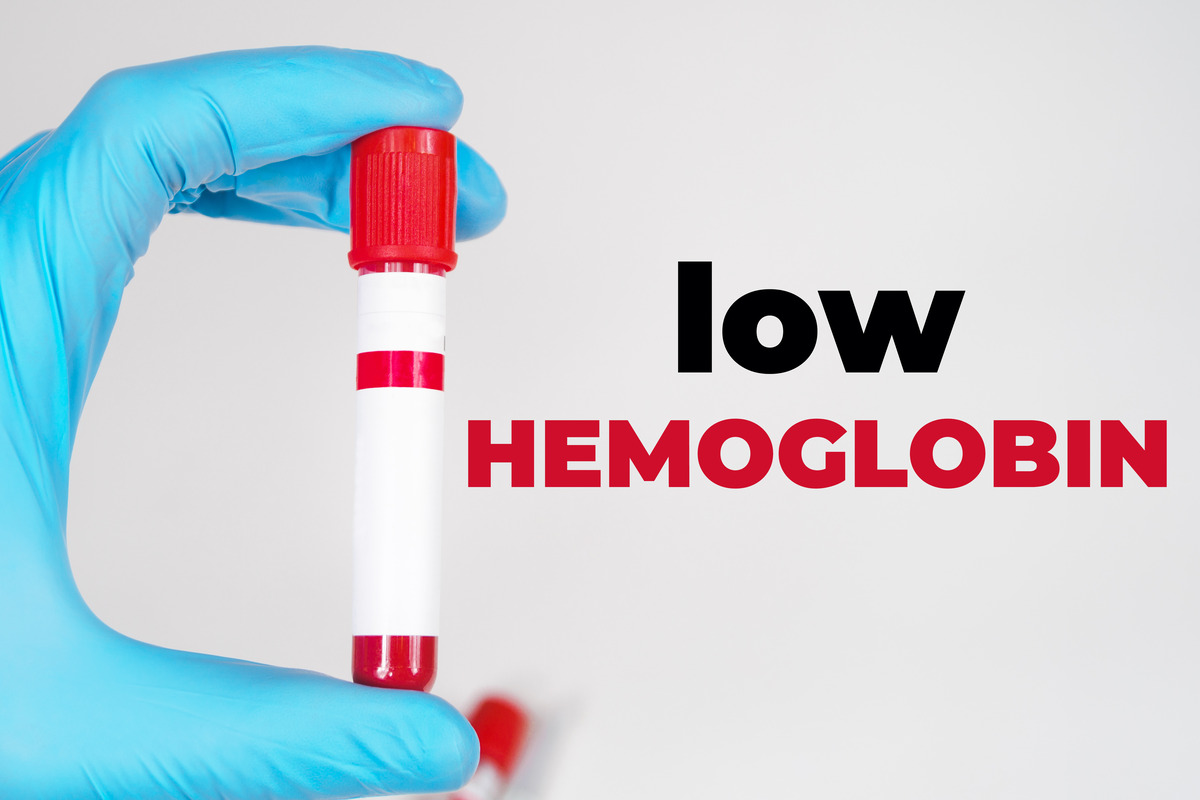All about anaemia: Causes, symptoms and treatment options you need to know
Anaemia is a condition characterised by decreased levels of healthy red blood cells and haemoglobin in the body. Common symptoms include extreme fatigue, shortness of breath, weakness, etc., and can range from mild to severe. If left untreated for long, this condition can be life-threatening.
One of the best ways to know is someone is anaemic or not is obtaining an iron status profile test. Worry not – this blog will discuss about it in the following section. But, before that it is important to know why and how anaemia happens. Read on!
How anaemia emerges in a person?
As told above, anaemia is a blood disorder, associated with a marked deficit in red blood cells. Most of the anaemic conditions individuals suffer from happen due to genetic predisposition. However, there may be other reasons, too.
Haemoglobin carries oxygen in our body and is responsible for imparting blood its red colour. It is present in the red blood cells that circulate throughout the system. So, naturally, when either the number of RBCs or haemoglobin amount becomes low; anaemia emerges.
An anaemic person, thus, often suffers from lack of energy. Also, he turns pale, becomes weak and light-headed along with breathing difficulties. In extreme cases, he may get chest pain since the heart muscles will also not get enough oxygen.
Underlying causes for anaemia: Everything explained
There are various causes of anaemia, but, majorly they happen due to:
- The body not making enough blood
- Excessive blood is being lost
Let’s understand both in a bit detail!
- Making Blood
If the body faces a lack of specific nutrients required for blood-making, anaemia will occur. Iron is the main ingredient for synthesising haemoglobin, therefore, low iron levels will lead to poor production of haemoglobin. Other micronutrients like Vitamin B12, folic acid, etc., also play an important role in making blood, and, deficiencies in them can also result in anaemia.
Majority of blood cells are produced in the bone marrow. Hence, if the bone marrow is not working optimally, the body will not be able to make blood. Viral infections, autoimmune disorders, metabolic toxins, usage of certain medicines, cancer therapies, etc., are some of the common causes for this.
Apart from the above, the kidneys are also crucial in synthesising red blood cells for they produce a hormone known as erythropoietin. It is responsible for stimulating the bone marrow to generate RBCs. Renal problems, therefore, can cause anaemia because the level of erythropoietin will go down than normal. In short, anaemia may culminate into a wide range of complications if not treated on time.
- Excessive blood loss
One of the most common methods of losing blood is through bleeding. This bleeding can be extreme, occurring after a serious injury or major surgery, or it may be something less critical. Anaemia in women is frequently experienced during the reproductive age. Blood is lost during menstruation (especially when the flow is heavy), while giving birth to child, or abdominal operations. This loss in blood can be more subtle; minimal amounts of blood may be persistently lost in the digestive system or urinary system. Such cases might arise from a relatively benign source, such as wear and tear in the bowel or haemorrhoids. However, discovering bleeding signs in these areas often rules out serious conditions like bowel and bladder cancer.
At times, blood cells are eliminated faster than they can be generated, leading to a gradual decrease in the overall count of red blood cells. This condition is referred to as haemolytic anaemia and may arise from autoimmune disorders, certain medications, and serious infections. It may also happen in genetic disorders like thalassemia or sickle cell disease. In sickle cell disease, the red blood cells take on a sickle shape rather than being round, leading to their damage as they navigate through blood vessels.
Diagnosis of anaemia: What tests are involved?
Diagnosing anaemia is very simple and straightforward process. Complete blood count (or CBC) is the most commonly prescribed blood tests by doctors. It determines the number of blood cells present and the amount of haemoglobin contained in those cells. This makes it an immediate test for determining the presence of anaemia or not.
One of the many parameters of CBC is the Mean Cell Volume (MCV). It gives an idea of the average size of red blood cells. A low MCV value denotes iron deficiency and thalassemia, whereas larger cells with high MCV indicates Vitamin B12 or folate deficiency. This condition is often linked to thyroid problems, excessive consumption of alcohol and other blood disorders.
If the haemoglobin is very low along with an abnormal MCV, this narrows down the number of additional tests for determining the underlying case of anaemia. However, if the MCV value is normal, then there is a need to think about other potential causes of anaemia. For example, chronic kidney disease, inflammatory, autoimmune disorders, etc.
An iron status profile is also a reliable test for determining anaemia. Also known an iron profile or iron studies, this blood test helps assess iron levels and body’s metabolism. This, in turn, diagnoses and manages various conditions that anaemia contributes to.
Available treatment options of anaemia
Depending on the underlying cause and severity of anaemia, the treatment approach will vary. It can be something as simple as taking iron supplements or may involve extensive blood transfusion. Mild to moderate treatments comprise intravenous iron infusions, EPO injections, or injections of B12. Of course, in addition, the exact cause must also be addressed clearly, based on which the treatment will be suggested.
Conclusion: Book an iron status profile test in London today!
With several private clinics available in London for diagnosing health conditions, Private Blood Test London stands as one of the most reputed and reliable places to obtain anaemia test. Thus, if you suffer from any of the symptoms like skin paleness, persistent lethargy, and breathing problems, do not hold the symptoms back to yourself. Obtain an iron profile test as quick as possible and embark on to an energetic lifestyle!













